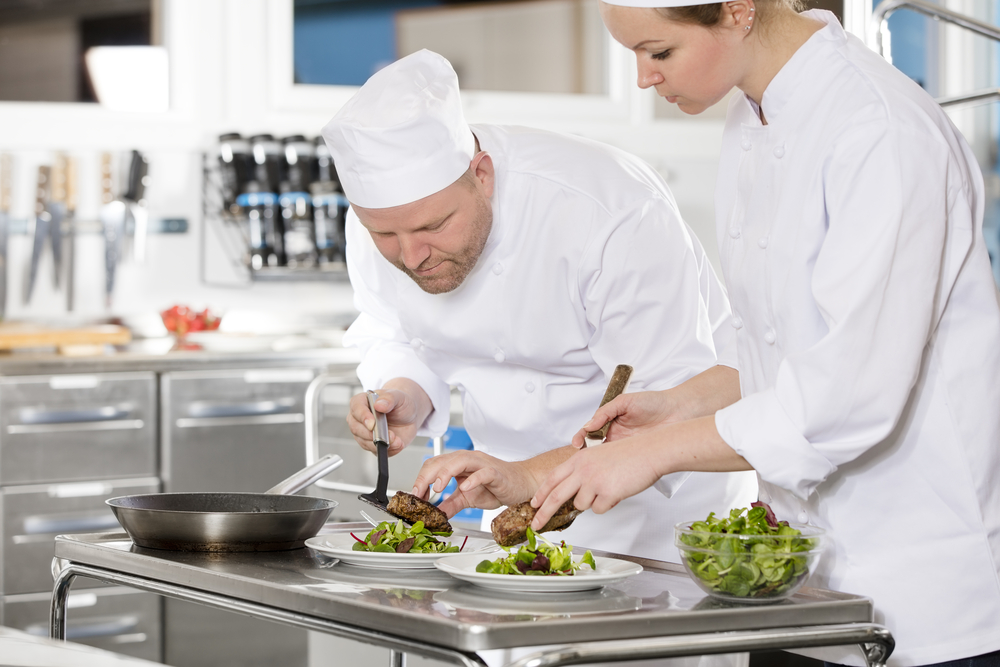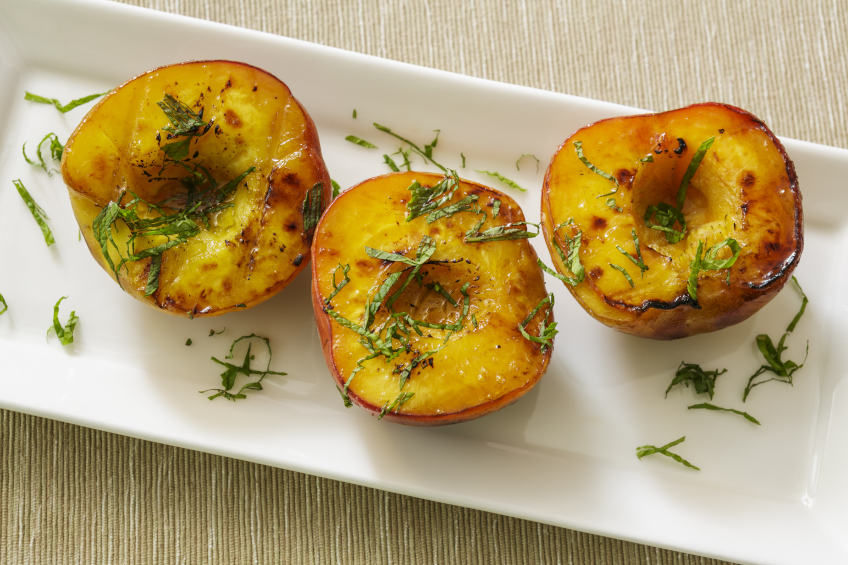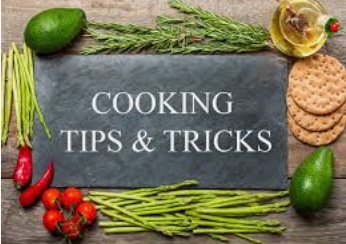
In my last article I talked about the importance of cooking skills 101 and how Chef de Cuisine Joey Delago explains each task along with its associated skill. I discussed the task-centred categories of cooking skills and their applications, including Activating yeast and making stocks. These skills are essential for every cook. A list can help you choose which ones to learn and which to ignore. In this article, I'll talk about some of the skills you should master before embarking on the next level of your culinary journey.
Chef de Cuisine Joey DeLago's cooking skills 101 class
If you've ever wanted to learn how to cook like a professional, Chef de Cuisine Joey DeLago'S cooking skills 101 class can teach you the basics. This class will teach you the basics of cooking multi-course meals in a short time. Joey will be sharing tips and tricks about planning, timing, presentation, prepping, and timing. You'll also be able share your completed meal with other home chef!
Cooking skills that are task-oriented
The Food Agency defines cooking as a collection of knowledge, skills and practices that promote a healthy diet. While this framework recognizes the importance of healthy eating habits, it also acknowledges that many obstacles can be found in the environment. It focuses on developing food skills by identifying the most appropriate measures. These measures should be easy-to-understand, can relate to other domains, be applicable across many sociodemographic levels. The following four categories are designed to address some of most pressing issues concerning food skills.

Activating yeast
You will need to know how activate yeast if you want to use it in your cooking. To activate yeast, warm some tap water and run some hot water through it. You may need to add sugar to some yeast cases. These are some helpful tips to activate your yeast. When the yeast reaches a bubbly stage, it is ready for use. Cooking is the key to baking success.
Making stocks
Stock can give your dishes more depth and flavor. Stocks made at home can include the flavors of meat, vegetables, and fish. They can also be Western or Asian in origin. While you can make your own stock using bottled water, it is better to use the filtered water available at the grocery store. There are many stock recipes, so it is important that you follow some basic guidelines in order to make your stock as flavorful as possible.
Whipping cream
Whipped cream is an excellent way to finish off a cake or dessert. This classic dessert is simple to make but you need to be careful. Although it may look like slightly melted Ice Cream, it's not. Instead of a sloppy consistency, whipped cream should be a fluffy, slightly curved peak that sticks to the whisk and doesn't dissolve right away. You can also whip the cream softly with a spoon. This will ensure that it does not lose its shape.

Melting chocolate
If you want to create delicious desserts, then learning how to melt chocolate should be on your list. This is a challenging task, so here are a few tips to help you get the job done quickly and with little mess. You must first know the right technique. There are two options for melting chocolate: the double boiler method or the microwave method. Double boiler method involves using a heatproof bowl or pan with a glass or stainless steel bottom nestled over a saucepan of simmering water. You should use this method slowly and avoid letting the water splash into your bowl.
FAQ
Do I require any special equipment?
Cooking doesn't require special equipment. The best tools will make cooking more enjoyable. A knife can be used instead of a fork when making pasta, or a whisk could be used to whip up stiff egg whites. You can make cooking more enjoyable and easier by having the right tools.
Where can you find free online cooking courses?
Numerous websites offer free cooking lessons. You can search YouTube for videos that teach you how to prepare different meals. You can find thousands of recipes on certain websites. You will need to pay a monthly subscription, but you can still try the site for free for 30 day.
Do I have to learn how to cook with my children?
Yes! Yes, kids love to help in kitchen. It's a fun activity which teaches children responsibility and teamwork. From washing vegetables to chopping onion, children can help. Your children will be more comfortable helping you cook if you teach them safe techniques for handling knives.
Is there a difference in a chef and a cooker?
A chef prepares food for other people. A cook prepares meals for others. A chef, on the other hand, works directly with customers. This means that they can have to decide what food to serve customers based their preferences. A cook doesn't need to interact with clients. Instead, a cook makes sure the food tastes good before delivering it to customers.
Can you become a self-taught chef?
Yes, you can be a self-taught cook! No matter how much you know, cooking is something that everyone enjoys. Learn how to cook at home. Start small with things like making pancakes or spaghetti sauce for your dinner. It is important to experiment with new recipes to learn how to cook. You might even make some mistakes.
Learning to cook takes anywhere from a couple of hours to several weeks, depending on what type of skill level you are looking for. Cooking is more than following recipes. There are many different ways to prepare food, so if you have an idea in mind, go with it.
Statistics
- The median pay for a chef or head cook is $53,380 per year or $25.66/hour, according to the U.S. Bureau of Labor Statistics (BLS). (learnhowtobecome.org)
- In the United States, the category is estimated at $23.2 billion annually and is growing faster than the market. (washingtonpost.com)
- On average, chefs earn $58,740 a year, according to the BLS. - learnhowtobecome.org
External Links
How To
How to make an omelet that is perfect
Omelets are my favorite breakfast dish. How can you make them perfectly? I have tried many different recipes and methods, but none of them work. So I am sharing some tips and tricks today to help you make fluffy, delicious omelets every morning.
When making omelets, it is important to be aware that eggs can be temperamental. It is important that eggs are fresh from an organic market and kept cool until used. You must keep them cool enough to allow the whites to form properly and the yolks to become too runny if they're not kept at the right temperature. This can make your omelets look bizarrely colored. It is best to use room-temperature eggs if you are going to cook them right away.
You can also separate the egg before you add it to the pan. The yolk and white should not be mixed together as this can cause the omelet's curdle.
If you add the egg directly onto the stovetop, you might end up burning the bottom part of the egg, which would ruin the texture of your omelet. Instead, heat the egg for 10 seconds in the microwave before placing it in the pan. The microwave heat cooks your egg just right, without it becoming too soft.
Next, let's discuss mixing the eggs. When mixing eggs, it is important to thoroughly beat them. You can do this by turning the bowl of your mixer upside down. Then shake the bowl vigorously. This will whip the air around the bowl and mix the egg well.
The fun part is now - adding the milk to the mixture. Fold the eggs in the milk mixture by first pouring half of it into the egg whites. Do not be alarmed if there are still egg streaks visible. Once the omelet flips, these streaks will disappear.
After you have folded your eggs, heat up the oil on medium heat. Wait for it to get hot. Add 1/4 cup butter to the oil and swirl it around to coat all sides of the pan. Next, carefully open the lid and sprinkle salt into your pan. An additional pinch of salt will prevent the omelet form sticking to your pan.
Once the omelet has formed, cover the pan again and wait for the top side to set completely. Flip the omelet with a spatula, or flip it upside down. Cook the other side for about a minute. Take out the omelet and place it in a bowl.
This recipe is best made with whole milk. However, it can also be used with skimmed milk.